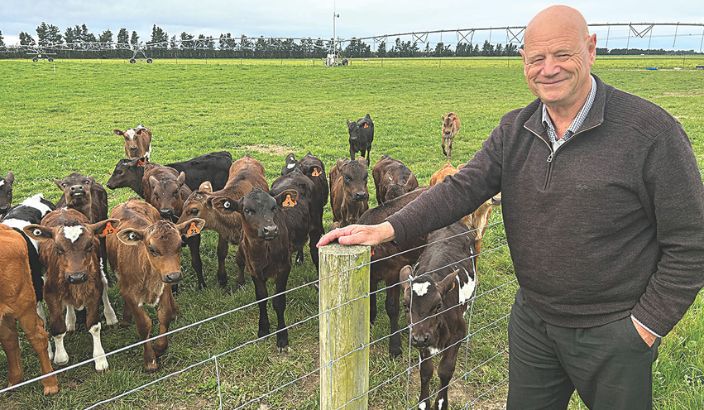Bio stimulants vs Soil biology: understanding the differences


John Barnes, Managing Director and Founder of Fertilizer New Zealand. Photo: Supplied.
There is often confusion regarding the distinction between bio stimulants and the introduction of microbes and fungi into the soil. Understanding their respective roles is crucial for effective soil management and plant health enhancement.
Definition of Bio stimulants; A plant bio stimulant is a substance and/or microorganism that stimulates natural plant processes. Its effects are independent of its nutrient content and serve to improve one or more of the following plant or rhizosphere characteristics: Nutrient-use efficiency, Tolerance to abiotic stress and Soil structure and microbial activity enhancement.
By definition, bio stimulants enhance what is already present in the soil; they do not create or introduce new biological elements. Various types of bio stimulants exist, including:
- Humic Substances: Derived from lignite-based products, compost-based materials, or liquid extracts, these compounds contribute to soil health and nutrient availability.
- Seaweed Products: These products are widely recognized for their nutrient content. They can vary from simple seaweed teas—where seaweed is soaked in water and removed, leaving behind a nutrient-rich solution—to more advanced formulations where seaweed is solubilized into a solution.
- Compost: High-quality compost not only serves as a bio stimulant but may also introduce beneficial microbes as an added benefit.
These bio stimulants are commercially available and widely used to improve soil and plant health.
Definition of Soil Biology Soil biology refers to the living organisms within the soil that drive essential ecosystem processes. It consists of a vast network of soil bacteria, fungi, and other microorganisms that form the foundation of the soil food web. These organisms: Suppress root diseases by fostering diverse microbial populations, Enhance soil structure and nutrient cycling and Improve organic matter decomposition and soil aeration.
The Role of Microbes and Fungi in Soil Health; At Fertilizer NZ, we take a different approach to soil health. Research by Landcare suggests that New Zealand soils contain over one million different species of microbes and fungi, though only a few hundred have been extensively studied. Based on this knowledge, we have developed Vitalife, a proprietary microbial blend containing essential soil microorganisms that:
• Fix atmospheric nitrogen into the soil
• Sequester carbon from the atmosphere, enhancing soil organic matter
• Break down thatch and convert it into valuable organic material
• Improve soil friability and water-holding capacity
• Encapsulate plant roots with beneficial microbes and fungi, creating a thriving environment
• Facilitate nutrient uptake by extending fungal hyphae to locate and transport essential fertilizers to the plant in a balanced manner
• Strengthen root systems by exchanging proteins with plants, fostering deeper root growth for increased nutrient and water absorption
Key Takeaway; Microbes and fungi form the foundation of a healthy soil ecosystem. While bio stimulants support and enhance existing biological processes, they cannot replace the fundamental role of soil biology. Ensuring a thriving microbial community is essential for long-term soil health, plant resilience, and sustainable agriculture.
